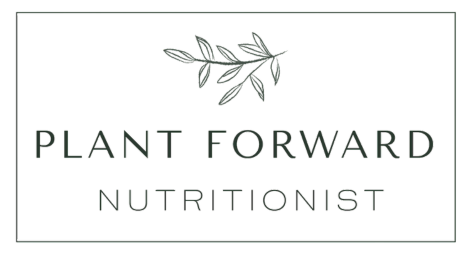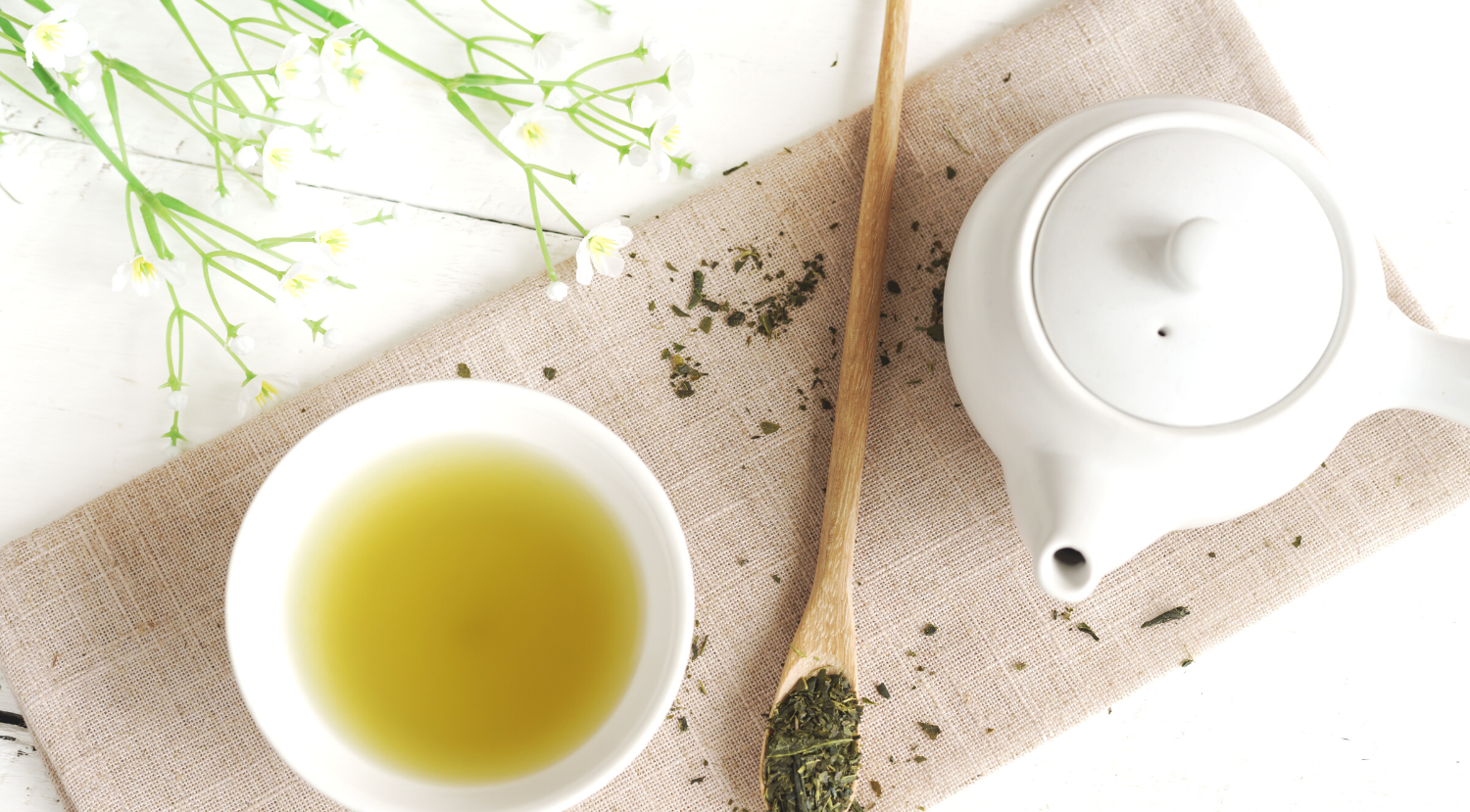Nutrition Secrets from the Blue Zones: How to Eat like the World's Longest Lived People
When we dig down to the root of WHY we care about our nutrition, usually it has a lot more to do than with just the number on the scale.
We want to be vibrant. We want to have energy. We want to be able to do the things we love for a long time, disease-free, while feeling good.
I know that for me personally, my whole nutrition career began when I became fascinated with what a huge impact our diets can have on our long-term health.
I was working as a research assistant in an anti-aging laboratory at the time, and our team started to conduct studies on how specific plant phytochemicals (like curcumin found in turmeric) could help people live longer, healthier lives by making their blood vessels function like when they were younger.
Wow, I thought. If a tiny phytochemical could do all that and make people live longer… How much power could a whole eating pattern hold?
And as soon as I started to look into longevity nutrition, I stumbled upon a wealth of research about traditional societies labeled the “Blue Zones”, and was hooked.
What Are the Blue Zones?
Popularized by the investigative journalist Dan Buettner and his team for National Geographic, the Blue Zones are essentially “longevity hotspots” found around the world.
There are 5 specific areas that the team was able to verify a higher percentage of centenarians, which are people living to the age of 100 or older:
Okinawa, Japan
Ikaria, Greece
Sardinia, Italy
Nicoya Peninsula, Costa Rica
Loma Linda, California
(What’s Loma Linda doing in the mix of all of these international locales, you might ask? It’s the hub of the Seventh Day Adventist church, a religious group that encourages its members to adopt vegetarian or vegan lifestyles to promote physical wellness!)
The traditional lifestyles of these groups have a few things in common – yes, including lower protein and higher carbohydrate diets – and we can learn a lot about how to live long and healthy lives by observing what they do!
So let’s dive into the special foods they eat in the Blue Zones, and how we can build our own plates featuring these longevity staples from around the world.
Special Foods of the Blue Zones
There’s a common theme among diets from the Blue Zones, and it’s that – you guessed it – they’re all predominantly plant-based.
In fact, almost all of these populations get about 90% of their calories from whole, plant foods. (That being said, almost none of them are strictly vegetarian or vegan, except for some of the Seventh Day Adventists in Loma Linda, California.)
This means that their diets are inherently lower in protein and higher in complex carbohydrates than traditional Western diets. (This shocked me so much back in my undergraduate research career when I’d heard that protein was king and carbs were “bad”, but turns out to be totally true!)
Sometimes, this limited use of meat and dairy is out of economic necessity – just like in our supermarkets, meat and animal products are more costly around the world, too. Other times, animal products are minimized out of respect for traditional wisdom and recipes passed down in these communities for centuries or millennia.
But even where animal products appear to feature more prominently, their use still pales in comparison to what we find in more Westernized eating patterns. For example, while sheep’s milk cheese is used frequently by sheep herders in Sardinia, the portions are small, and their daily intake still amounts to less than ⅓ of the cheese consumed daily in the United States!
Types of Foods Common in the Blue Zones
In practice, this all means that eating patterns in the Blue Zones are centered around mostly vegetables, whole grains, legumes and nuts and seeds.
Some of the foods found commonly in all of these communities are as follows:
Vegetables (especially leafy greens): Many centenarians have a deep love of gardening and often harvest vegetables straight from their backyards into their old age.
In Ikaria, Greece, for example, a traditional meal may be sauteed or roasted vegetables like peppers and zucchini served with a green salad, black eyed peas or fava bean mash, and possibly with a small side of grilled fish.
Whole grains (like barley, rice and corn): Barley is used in Sardinia, Italy (often served in a vegetable soup with beans and a side of flat crispy bread with a small chunk of sheep’s milk cheese), while Okinawans are more likely to rely on rice. Stone-ground whole meal corn is used in tortillas and other bread products in Nicoya, Costa Rica.
Beans and legumes (like fava beans, pinto beans, chickpeas and tofu): Bean products are a staple source of protein in all of the Blue Zones. In Okinawa, tofu features prominently and may be used in a mixed dish with vegetables with a side of seaweed and miso soup (another soy product!)
Green tea, coffee and herbal teas: Many of the communities in the Blue Zones regularly sip on a hot beverage like tea or coffee. Coffee is more common in Loma Linda and Nicoya, Costa Rica, while green tea is popular in Okinawa, Japan. Herbal infusions like milk thistle tea are used in Sardinia, while in Ikaria a fresh herb-brewed tea is enjoyed regularly.
Small amounts of traditionally-brewed alcohol: In many Blue Zones (with Loma Linda being the possible exception), alcohol is enjoyed in small quantities and socially with friends. In Okinawa, friends gather in the late afternoon before dinner to enjoy a single glass of sake, while in Ikaria and Sardinia, locally-made red wine is consumed with lunch and/or dinner. A note here: Alcohol isn’t consumed in large quantities or very late into the evening in any of the Blue Zones.
Making a Blue Zone in Your Kitchen
So how can we emulate these traditional eating patterns in our own homes? A few simple tips:
Start with veggies: Make sure fresh (and ideally seasonal!) veggies feature prominently in your meals! Turn to a bit of gardening if you can to get the full “Blue Zones” experience, otherwise farmer’s markets will have fresh seasonal vegetables that you can cook up weekly.
Build in beans: Beans are a staple protein in the Blue Zones, whether the main source of protein or a complement to meat or other animal products present in smaller amounts! See how many types of beans you can keep on hand to add into your meals, depending on the cuisine.
Mind your beverages: Staying hydrated, drinking mostly water, or otherwise teas is the name of the game for longevity! If you choose to drink alcohol, remember that doing so in moderation (and earlier in the evening, not right before bed) may contribute some longevity benefits instead of over-imbibing.
What we can certainly take away from our study of the Blue Zones is that eating 90% of the calories we consume from whole, plant foods instead of animal products can help boost longevity.
I promise, our future selves will thank us later for eating more whole plant foods now!
( P.S. That’s why I include an exact guide for how to estimate eating 90% plants every day in Creating Your First Plant-Forward Meal Plan. I give you the weekly game plan I use to make sure my meals and snacks amount to 90% plants, as well as an easy-to-follow meal planning template! Get the guide here.)

